Advantages and disadvantages of different coffee treatments: sun water, honey washing, wet planing red wine, flavor treatment.
Coffee treatment, from the earliest ancient methods of sun drying, to later washing, semi-washing, honey treatment, to the recent emerging yeast treatment, anaerobic treatment, can be said to emerge one after another. Do various treatments bring icing on the cake or icing on the cake? Today, the front street coffee barista came to have a chat with everyone.

The sun-- from disorder to order
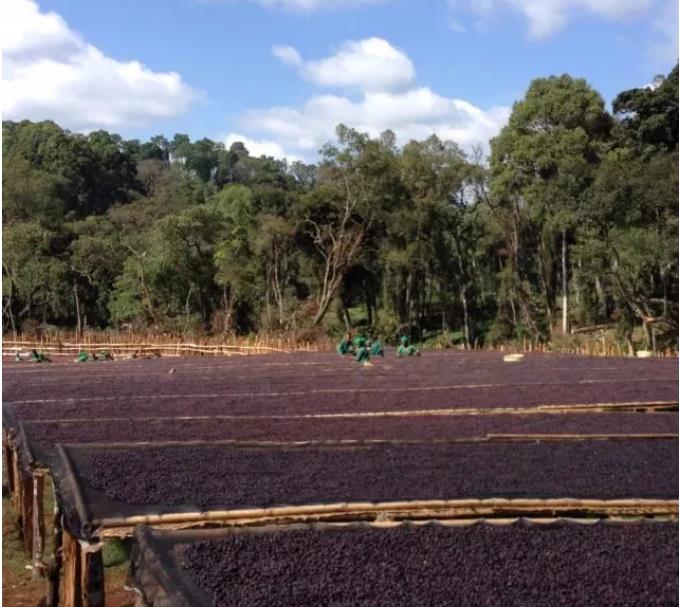
Dripping non-contact with the sun, used to be resigned to the fate of dried coffee cherries, in the natural fermentation gave coffee extremely high sweetness and sticky taste, a variety of flower and fruit aromas come to the nostrils. However, in the past, the rough sun and the laziness of workers with low quality requirements caused a high rate of defects, and all kinds of corruption and over-fermentation and moldy beans made the solarization method criticized.

Fortunately, today's boutique coffee gives producers strong restraint and price guarantee, isolating the ground, covering shade, turning by hand and hand-selecting to remove defects, so that the coffee is cooked in an orderly manner, and the clean, rich sun-cured coffee has won many awards and become the gold in our cup.
Click to buy the exquisite suntan of Qianjie Coffee-Yega Xuefei Erica | Red Cherry Project
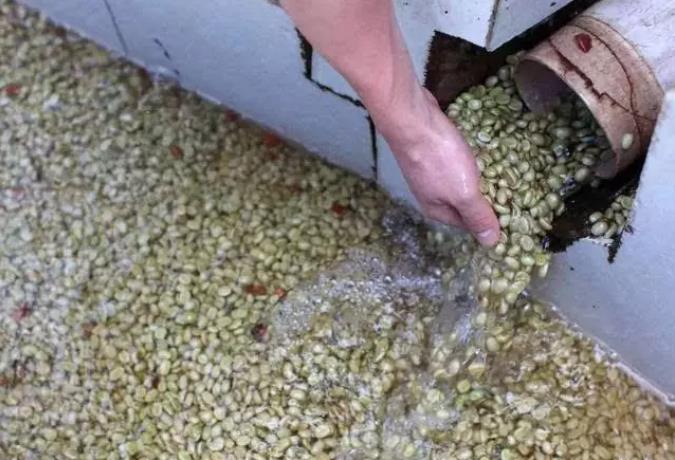
Washing-orderly and controllable or disorderly?
Water washing can remove a lot of defects before drying: sundries, immature beans, worm-eaten beans, etc., and remove pectin from pulp by fermentation in a fermentation tank, which occupies a "fine" position in the coffee industry for a long time. However, there is actually a certain risk-- the fermentation process needs to be closely monitored, otherwise the coffee is fermenting randomly-- you will never know what is going on in the fermentation tank. It's mold. Yeast or bad coffee beans are harming the whole pool of coffee.
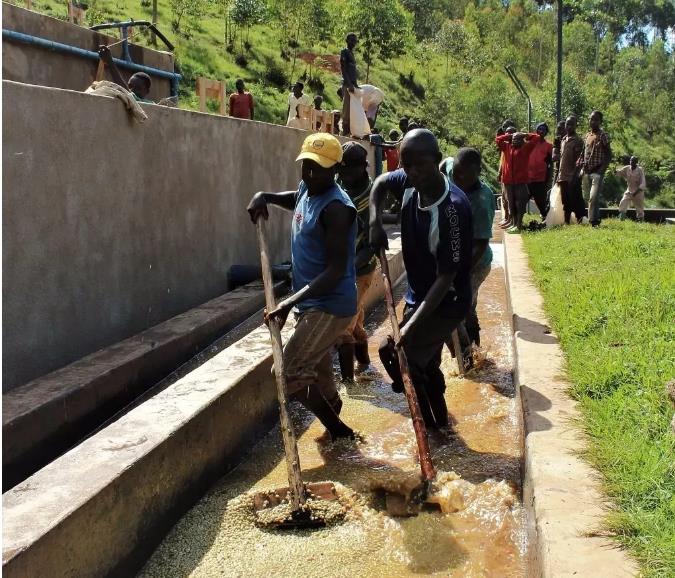
The fermentation time of the water washing treatment ranges from a few hours to dozens of hours, and the delicate washing requires workers to turn and rinse in order to prevent the coffee from overfermenting. By testing a series of data such as pH and temperature of the fermentation pool, the fermentation process can be artificially controlled to make the coffee balance between order and disorder. In the eyes of Qianjie coffee baristas, washed coffee is clean, refreshing and never greasy ~ so we have a lot of washed coffee beans to choose from.

Yega Xuefei washes Waka
Wet plane-- surviving in chaos

The wet planing method removes the outer layer of the coffee fruit with the endocarp when it still has 30% or 40% water content, and then dries. This special treatment, which adapts to Indonesia's hot and humid climate, gives Indonesian coffee a special delicacy. At the same time, it also gives it a high defect rate-coffee beans without endocarp protection are extremely vulnerable to bacterial infection. The sheepfoot beans produced by the pulp planer crushing the wet and soft coffee beans also increase the chances of coffee contamination.

Mellow and full-bodied, full-bodied taste-- the front street Sumatran tiger Mantenin
Without multiple manual removal of defective beans, Mantenin may be much more than "dirty". Mildew, potion, acidity and bitterness can make you hate Mantenin from now on. To be able to drink a cup of Mantenin, which tastes clean and full-bodied, I would like to sincerely thank the Indonesian people for their hard work.
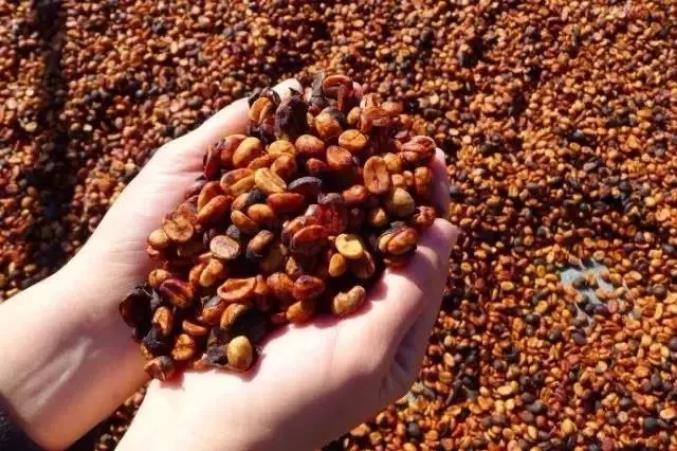
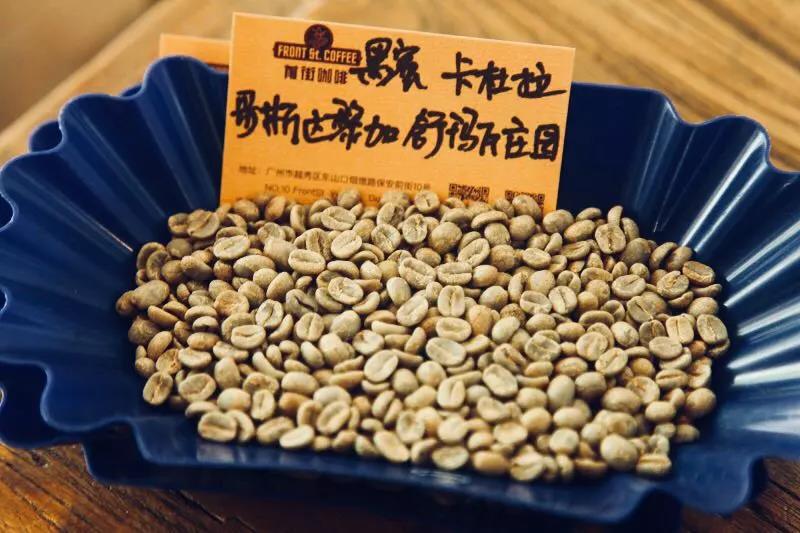
Honey treatment-- A little carelessness is irrevocable.
Honey treatment, improved from half-sun in Brazil, is a common way to treat coffee in Central America. Hand-selected flawless coffee cherries, use the machine to quantitatively remove the peel and pulp, and then spread the sun with an elevated net bed. This kind of sun treatment seems to be orderly, but in fact it is quite error-prone-the process is sticky and laborious, and it is also easy to return to moisture and mildew. Failed honey-treated coffee will have a strong defective sun flavor, even onion, durian and rotten milk, which is difficult to swallow.
Qianjie Cafe will carefully select honey-treated coffee, and after many times of baking and cup testing, the rich fruit aroma, sweet and sour feeling of honey-treated coffee will be brought into full play.
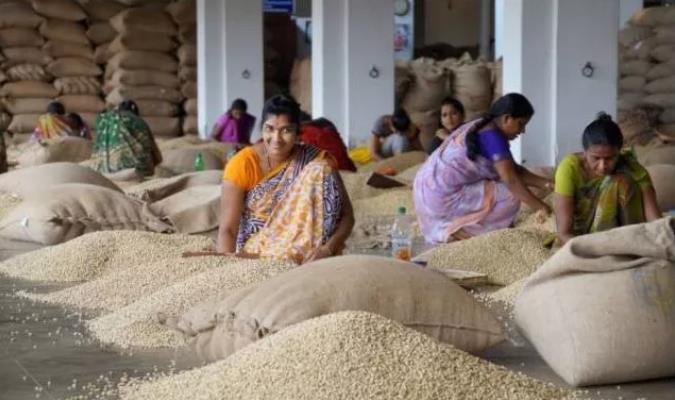
Wind stains-- coincidence and artificial
This unique Indian treatment was indeed a coincidence at first, and now there are even people who think that wind-stained coffee is a "coffee zombie". The wet and salty monsoon, repeated bagging and stacking, and smoking are all carefully modified by Indians in order to recreate the "deterioration" of coffee beans transported by sea. This is the only country with this unique treatment, and probably only a few people like its special flavor.
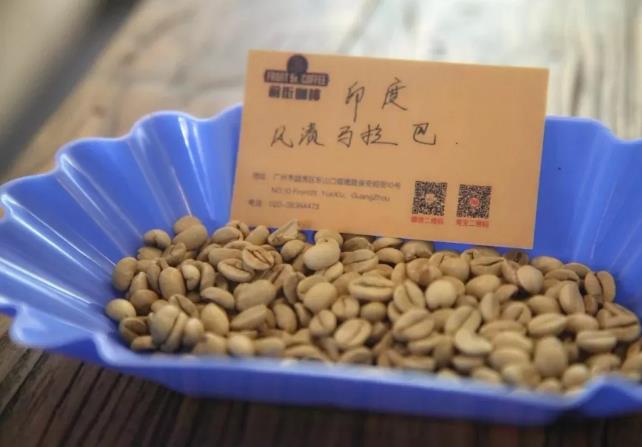
No bright acidity, no aroma of flowers and fruits, obvious nutty and woody flavors, taste like wheat tea, which is the unique feature of Indian-style coffee.
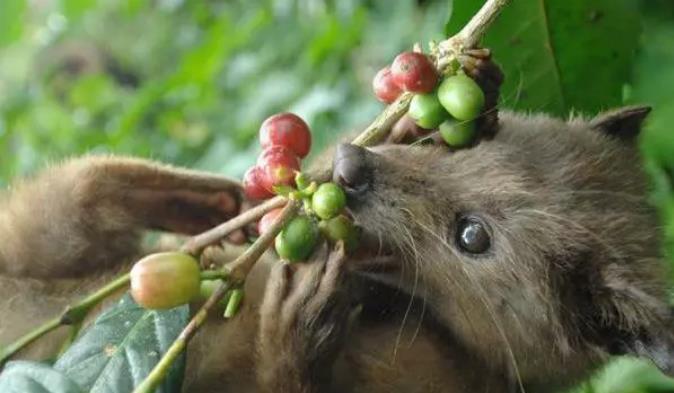
Biological fermentation-God's joke?
We have to admit that this special treatment still has a place, and the complex environment in the organism will bring special taste to the coffee, and even the artificial imitation of intestinal bacteria can not achieve the same quality. perhaps it is precisely the unique flavor that can only be created by the balanced development of various colonies of natural organisms. But while depriving natural development of artificial feeding and feeding, should we harm other creatures to satisfy greed and vanity?


Front Street Coffee Hartman Manor Red Wine treatment Coffee does have an alcoholic aroma and a taste of lactic acid fermentation-- a bit like cheese.
Special treatment-are you sure you can create a flavor manually?
It is very appropriate to use ingenious ideas to describe the emerging treatment, which can also be said to be rich and capricious. Anaerobic fermentation-adding carbon dioxide to the sealed barrel to control oxygen concentration, temperature and PH value, thereby controlling the entire fermentation process to create a unique flavor; yeast treatment-adding specific microorganisms to participate in fermentation in the washing process to create a flavor that could not be created by general washing in the past.


Other special treatments that are artificially involved are changes made in an attempt to make the fermentation process of coffee more controllable. But is the novel treatment sure to bring better flavor? Or is it just a gimmick made by businessmen to raise the price? It can only be confirmed by a large number of long-term studies and attempts, as well as the identification of evaluation experts.
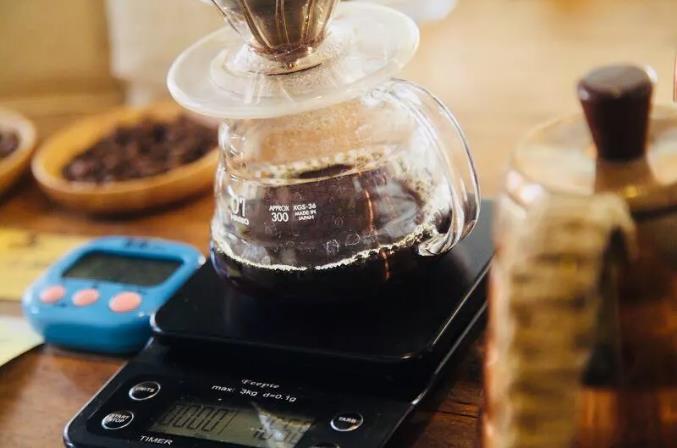
From the initial resignation to the current monitoring of the whole process, the method of coffee processing is changing with each passing day, and we are constantly transforming and upgrading the power and inspiration of coffee-not only to raise the price, but also to improve the taste. There will certainly be more and more special coffee processing methods coming into our eyes in the future. Maybe we are more willing to participate in it than to let it develop freely.
As to whether various treatments can better improve the quality of coffee, or whether we should focus on high-quality varieties and fine planting, you are welcome to leave a message and share your views with Qianjie Coffee.
Important Notice :
前街咖啡 FrontStreet Coffee has moved to new addredd:
FrontStreet Coffee Address: 315,Donghua East Road,GuangZhou
Tel:020 38364473
- Prev
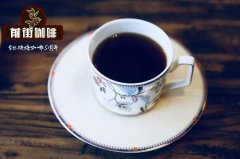
How do I use the French kettle? What kind of beans are suitable for pressing pots? What are the characteristics of the French kettle?
Professional coffee knowledge exchange more coffee bean information please follow the coffee workshop (Wechat official account cafe_style) if you want to have a cup of coffee at home, using a French pressure pot may be a good choice, for the editor, this is the first coffee utensils, so the French pressure pot will be especially favored! Except for the trouble of cleaning up, the French kettle was left around 1850.
- Next

What kind of coffee beans are used in Starbucks' Yunnan coffee? is Yunnan coffee hand good?
Professional coffee knowledge exchange more coffee bean information please follow the coffee workshop (Wechat official account cafe_style) Yunnan is now China's largest coffee producing area, Starbucks, Nestl é and other large coffee enterprises have smelled its great potential. The history can be traced back to 1892. More than 100 years ago, French missionary Father Tian Deneng planted the first place in Zhu Kula Village, Binchuan County, Dali City.
Related
- What is the meaning of lactic acid fermentation with coffee bean treatment?
- How to judge the state of foam by sound?
- How does the latte pull out the unicorn pattern? Come to get for a little trick to improve the flower pull!
- Will flower pulling affect the taste of the latte?
- Do you know the history of coffee?
- The difference between honey treatment and sun washing what is raisin honey treatment?
- What kind of milk can a novice use to make coffee foam to keep the foam longer? The correct method and skills of milking tutorial sharing
- Why do washed coffee beans taste sour? Flavor characteristics of washed Coffee
- Introduction to the skill of how to practice the size and height of water injection around the circle of hand-brewed coffee
- How do beginners practice coffee flower drawing from scratch?

